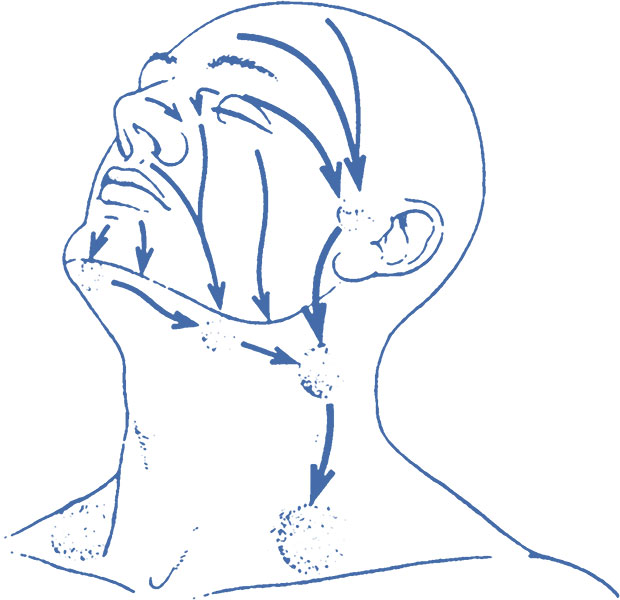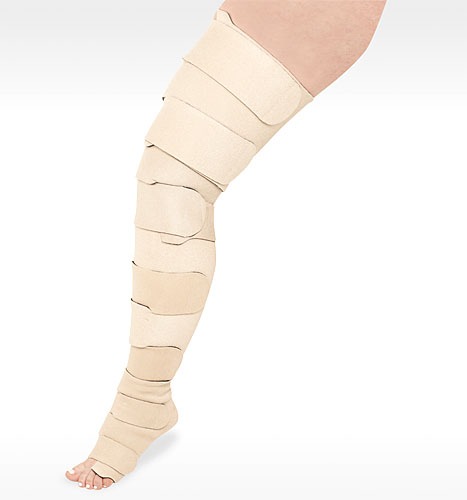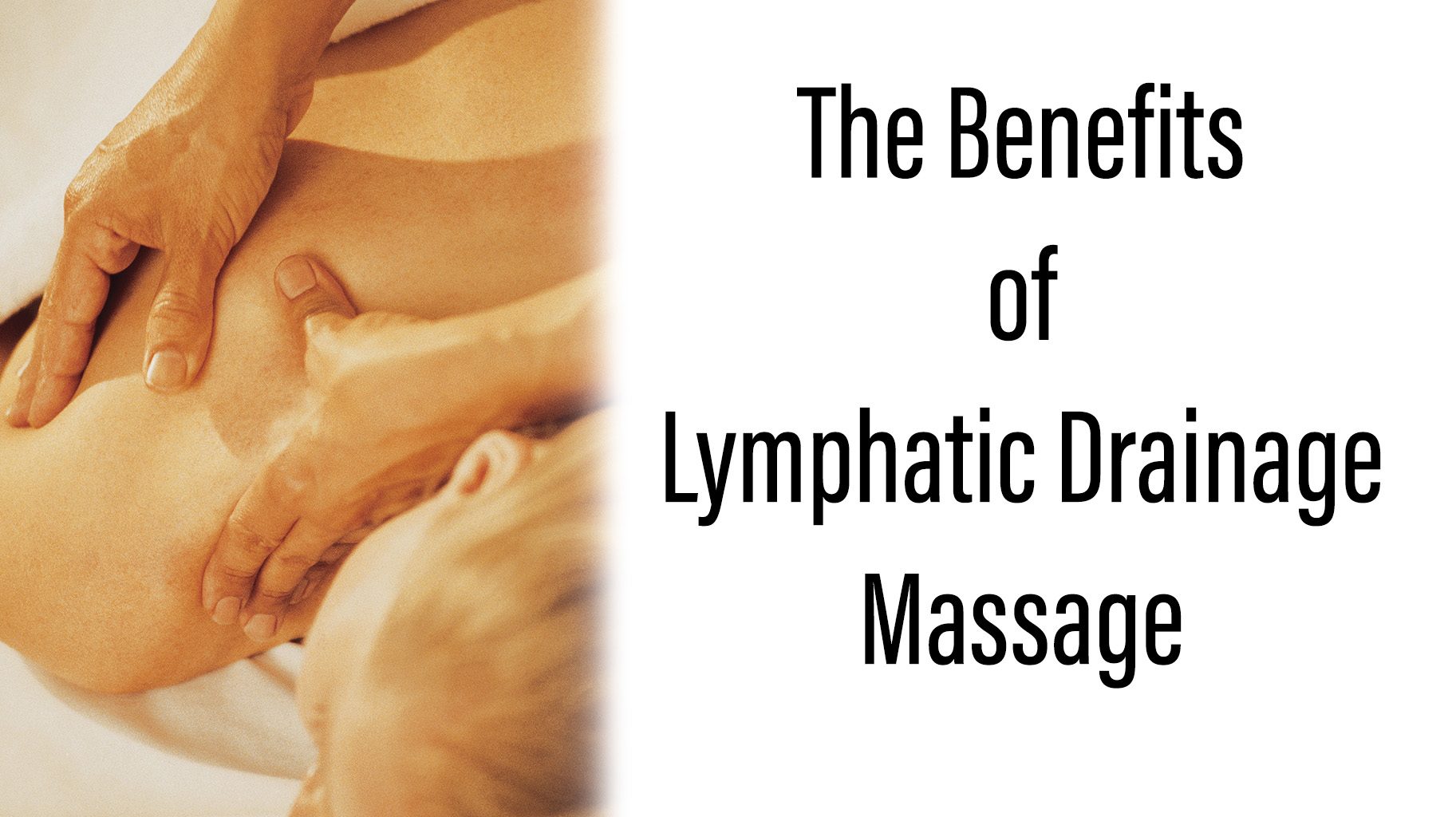Lymphatic drainage massage is an essential component of managing lymphedema and other conditions related to the lymphatic system. This specialized massage technique plays a crucial role in promoting overall health by supporting the body’s natural detoxification processes. In this comprehensive guide, we’ll explore the benefits of lymphatic drainage massage, how it integrates with other treatments like compression therapy and complete decongestive therapy (CDT), and answer the question: what is compression therapy?
Understanding the Lymphatic System
Before delving into the specifics of lymphatic drainage massage, it’s important to understand the role of the lymphatic system in the body. The lymphatic system is a network of vessels, nodes, and organs that work together to transport lymph—a fluid containing white blood cells, proteins, and waste products—throughout the body. The primary functions of the lymphatic system include:
- Maintaining fluid balance: The lymphatic system helps return excess fluid from tissues to the bloodstream.
- Supporting the immune system: Lymph nodes filter harmful substances and produce immune cells to fight infections.
- Absorbing and transporting fats: The lymphatic system absorbs fats and fat-soluble vitamins from the digestive system.
When the lymphatic system is compromised, as in the case of lymphedema, the flow of lymph is obstructed, leading to fluid buildup, swelling, and discomfort. This is where lymphatic drainage massage and other therapies come into play.
What Is Lymphatic Drainage Massage?
Lymphatic drainage massage is a gentle, rhythmic massage technique designed to stimulate the flow of lymph through the lymphatic system. By applying light pressure in specific patterns, a trained therapist can encourage the movement of lymph towards the lymph nodes, where it can be filtered and eventually returned to the bloodstream.

This massage technique is particularly beneficial for individuals with lymphedema, a condition characterized by the accumulation of lymphatic fluid in the tissues, causing swelling and discomfort. However, the benefits of lymphatic drainage massage extend beyond lymphedema management.
Lymphatic Drainage Massage Benefits
1. Reducing Swelling and Inflammation
One of the primary benefits of lymphatic drainage massage is its ability to reduce swelling and inflammation. By promoting the movement of lymph, this massage technique helps to clear excess fluid from the tissues, reducing the size of swollen areas. This is particularly beneficial for individuals with lymphedema, where the accumulation of lymphatic fluid can lead to significant discomfort and mobility issues.
2. Enhancing Immune Function
The lymphatic system plays a crucial role in immune function, filtering out harmful substances and producing white blood cells to combat infections. By stimulating the lymphatic system, lymphatic drainage massage helps to enhance immune function, making the body more efficient at fighting off illnesses and infections. This is especially important for individuals with compromised immune systems or those recovering from surgery or illness.
3. Promoting Detoxification
Lymphatic drainage massage aids the body’s natural detoxification processes by helping to remove waste products, toxins, and excess fluid from the tissues. This can lead to improved overall health and well-being, as the body is better able to eliminate harmful substances. Regular lymphatic drainage massage can also support healthy skin by reducing the buildup of toxins that can contribute to conditions like acne and eczema.
4. Supporting Post-Surgical Recovery
For individuals recovering from surgery, particularly cosmetic procedures like liposuction, lymphatic drainage massage can be a valuable tool in the healing process. By reducing swelling, promoting the movement of lymph, and enhancing immune function, this massage technique can help speed up recovery times and improve surgical outcomes. It can also help to minimize the risk of complications such as seromas (fluid buildup) and infections.
5. Improving Circulation
While lymphatic drainage massage primarily targets the lymphatic system, it also has positive effects on the circulatory system. By promoting the movement of lymph, this massage technique helps to improve overall circulation, which can lead to increased oxygen and nutrient delivery to the tissues. Improved circulation can also help to reduce the appearance of cellulite and promote healthy, glowing skin.
6. Alleviating Stress and Anxiety
Like many forms of massage, lymphatic drainage massage can have a calming effect on the nervous system, helping to reduce stress and anxiety. The gentle, rhythmic movements of the massage can promote relaxation and a sense of well-being, making it a valuable tool for managing the psychological aspects of chronic conditions like lymphedema.
Integrating Lymphatic Drainage Massage with Other Therapies
Lymphatic drainage massage is often used in conjunction with other therapies to manage lymphedema and support overall health. Two of the most important complementary therapies are compression therapy and complete decongestive therapy (CDT).
What Is Compression Therapy?
Compression therapy is a treatment method that involves applying pressure to specific areas of the body using compression garments, bandages, or devices. The goal of compression therapy is to improve blood flow, reduce swelling, and prevent the accumulation of lymphatic fluid. This therapy is particularly beneficial for individuals with lymphedema, chronic venous insufficiency, and other circulatory disorders.
Compression therapy works by applying graduated pressure, meaning the pressure is highest at the extremities (such as the ankles) and gradually decreases as it moves up the limb. This helps to encourage the upward movement of blood and lymph towards the heart, reducing the risk of fluid buildup in the tissues.
1. Compression Therapy and Lymphatic Drainage Massage
When used together, compression therapy and lymphatic drainage massage can provide significant benefits for individuals with lymphedema. Lymphatic drainage massage helps to mobilize lymphatic fluid and reduce swelling, while compression therapy helps to maintain these benefits by preventing the re-accumulation of fluid in the tissues. This combination of therapies can be particularly effective in managing lymphedema and improving quality of life.
For example, after a lymphatic drainage massage session, a patient may be fitted with compression garments to help maintain the effects of the massage. These garments apply consistent pressure, helping to keep the lymph moving and preventing it from pooling in the tissues. This can lead to long-lasting relief from swelling and discomfort.

2. Complete Decongestive Therapy (CDT)
Complete decongestive therapy (CDT) is a comprehensive treatment approach for managing lymphedema. It typically consists of four components:
- Manual Lymphatic Drainage (MLD): A form of lymphatic drainage massage that uses gentle, rhythmic strokes to stimulate the flow of lymph.
- Compression Therapy: The use of compression garments or bandages to prevent fluid buildup and maintain the effects of MLD.
- Exercise: Specific exercises designed to promote lymphatic flow and improve overall mobility.
- Skin Care: Proper skin care to prevent infections and complications associated with lymphedema.
CDT is considered the gold standard for lymphedema management, and when performed by a trained therapist, it can provide significant relief from the symptoms of lymphedema. The combination of manual lymphatic drainage, compression therapy, exercise, and skin care works together to reduce swelling, improve lymphatic function, and enhance overall well-being.
3. The Role of Lymphatic Drainage Massage in CDT
Lymphatic drainage massage is a key component of CDT (Complete Decongestive Therapy), and its benefits are enhanced when combined with the other elements of the therapy. The massage helps to reduce swelling and improve lymphatic flow, while compression therapy and exercise work to maintain these benefits. Proper skin care is also essential, as it helps to prevent infections and other complications that can arise from lymphedema.
By incorporating lymphatic drainage massage into a CDT regimen, individuals with lymphedema can experience significant improvements in their condition. Regular sessions of manual lymphatic drainage, combined with consistent use of compression garments and appropriate exercise, can help to manage the symptoms of lymphedema and improve overall quality of life.
Who Can Benefit from Lymphatic Drainage Massage?
Lymphatic drainage massage is beneficial for a wide range of individuals, including:
- Those with Lymphedema: Lymphatic drainage massage is particularly beneficial for individuals with lymphedema, as it helps to reduce swelling and improve lymphatic flow. It can also be used as part of a comprehensive treatment plan, such as CDT, to manage the condition more effectively.
- Post-Surgical Patients: Individuals recovering from surgery, particularly cosmetic procedures, can benefit from lymphatic drainage massage. The massage helps to reduce swelling, promote healing, and minimize the risk of complications.
- People with Chronic Conditions: Individuals with chronic conditions that affect the lymphatic or circulatory systems, such as chronic venous insufficiency, can benefit from lymphatic drainage massage. The massage helps to improve circulation, reduce swelling, and enhance overall well-being.
- Those Seeking Detoxification: Lymphatic drainage massage is an effective way to support the body’s natural detoxification processes. By promoting the movement of lymph, the massage helps to eliminate toxins and waste products from the body, leading to improved overall health.
- Individuals Looking to Reduce Stress: The gentle, rhythmic movements of lymphatic drainage massage can have a calming effect on the nervous system, helping to reduce stress and anxiety. This makes it a valuable tool for managing the psychological aspects of chronic conditions and promoting relaxation.
How to Prepare for a Lymphatic Drainage Massage
If you’re considering lymphatic drainage massage, it’s important to prepare properly to get the most out of your session. Here are some tips to help you prepare:
- Hydrate: Drinking plenty of water before and after your massage can help to support the lymphatic system and promote the elimination of toxins.
- Avoid Heavy Meals: Eating a light meal before your session is recommended. A heavy meal can make you feel sluggish and may interfere with the massage’s effectiveness. Opt for something light and nutritious to keep your energy levels balanced.
- Wear Comfortable Clothing: Choose loose-fitting, comfortable clothes for your session. Tight clothing can restrict lymphatic flow and may make it harder for your therapist to work effectively.
- Communicate with Your Therapist: Before the massage begins, discuss any specific areas of concern or discomfort with your therapist. This will help them tailor the massage to your needs and ensure that you’re comfortable throughout the session.
- Arrive Early: Giving yourself some extra time to relax before your appointment can help you enter the session in a calm and stress-free state. Arriving early allows you to settle in and mentally prepare for the massage.
- Avoid Alcohol and Caffeine: Both alcohol and caffeine can dehydrate your body, which can hinder the lymphatic system’s ability to function optimally. It’s best to avoid these substances before your session.
- Plan for Post-Massage Rest: After your massage, your body will continue to process the effects of the treatment. Plan to take it easy for the rest of the day, allowing your body to rest and recuperate.

